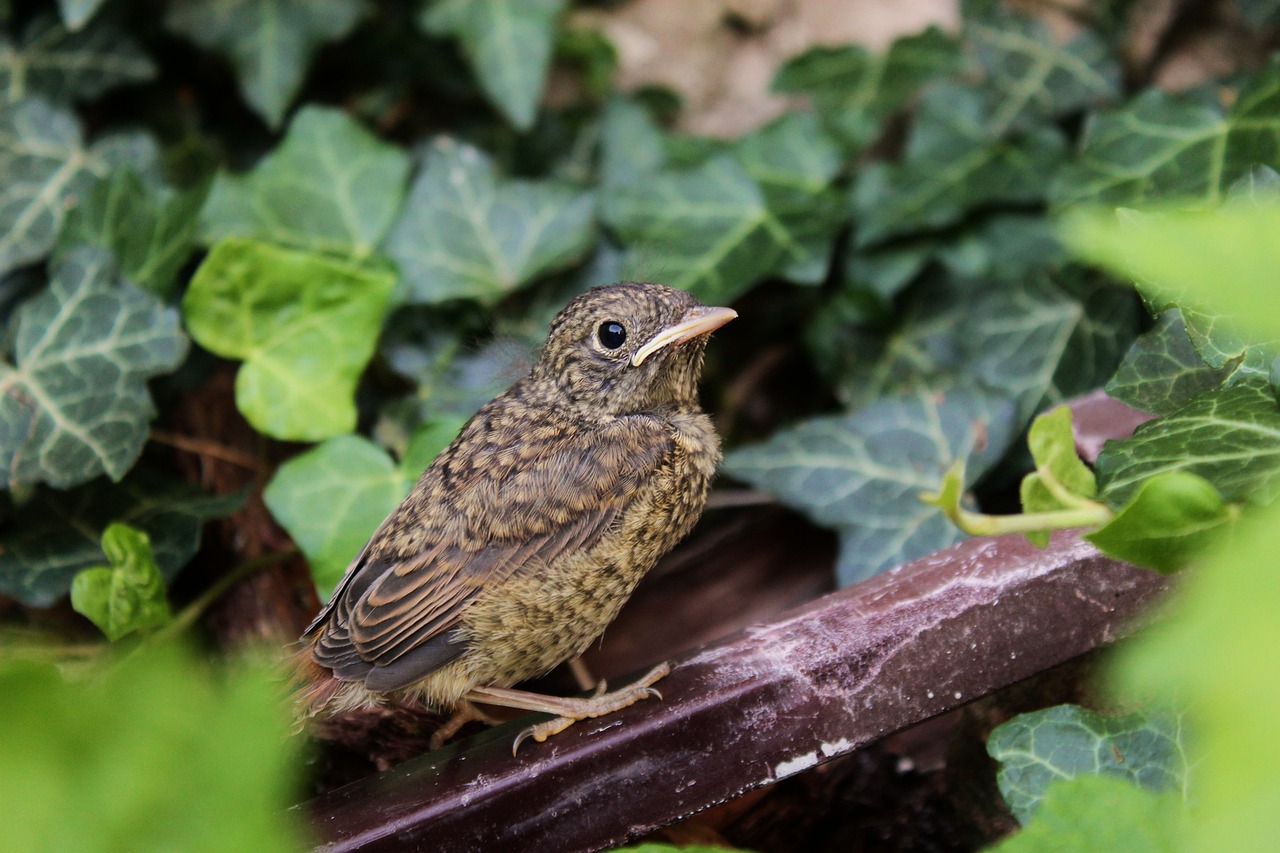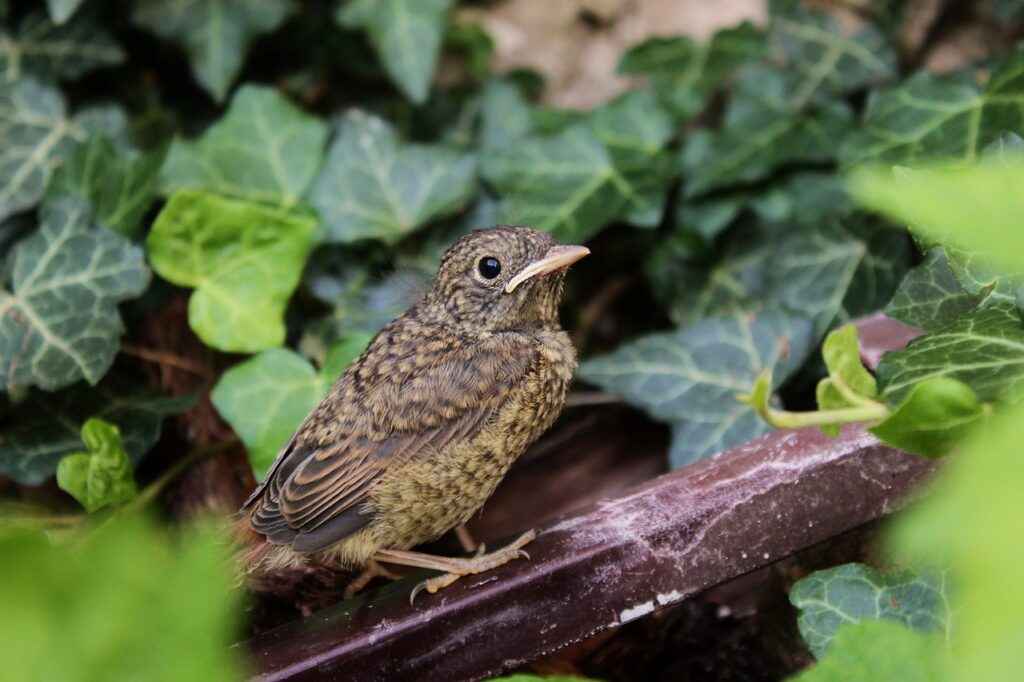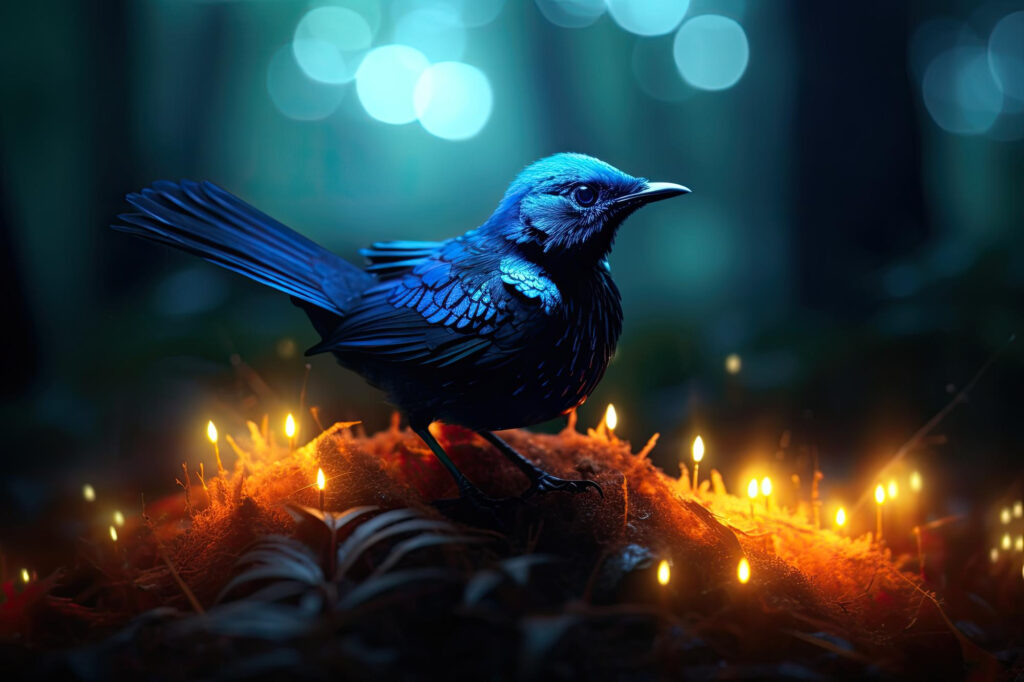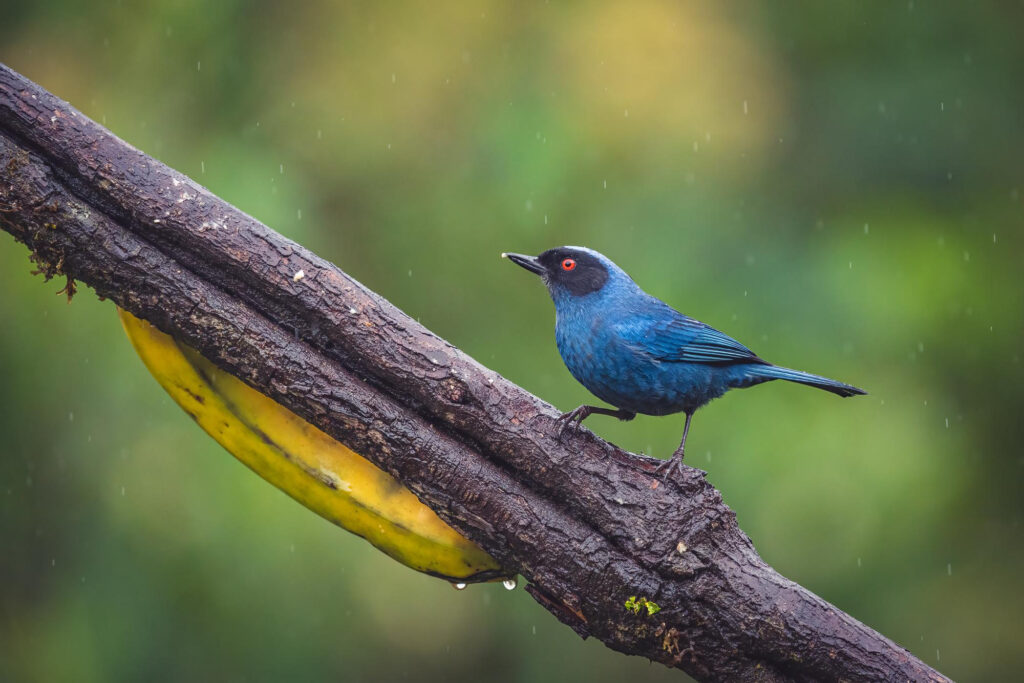Explore the theme of mortality in “Ode to a Nightingale.” How does Keats reflect on the transience of human life and the contrast with the eternal nature of the nightingale’s song?
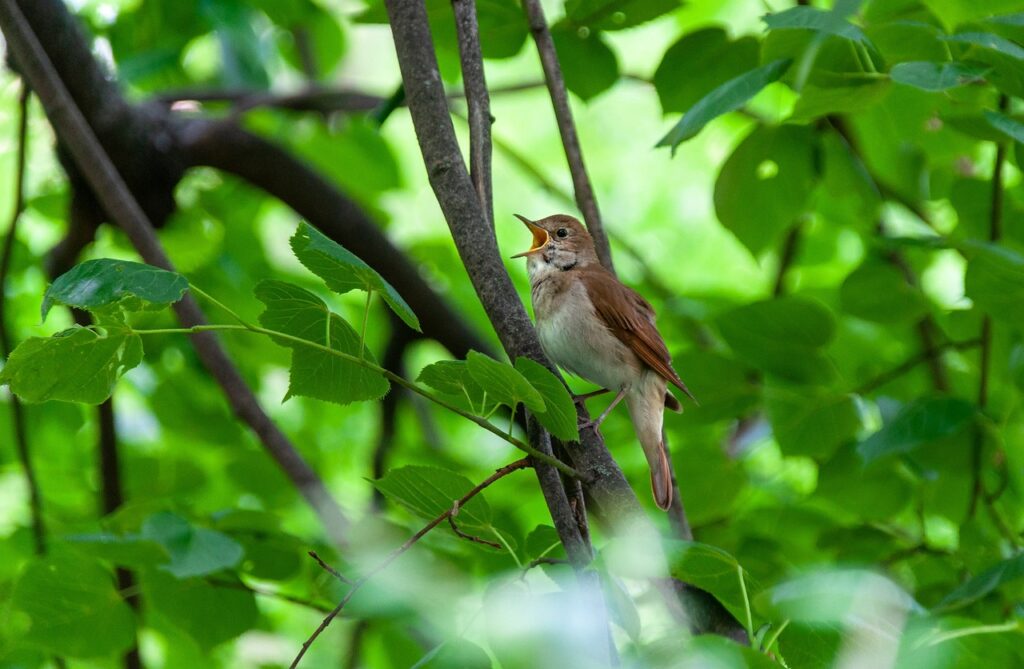
The Theme of Mortality in Ode to a Nightingale
“Ode to a Nightingale” by John Keats is a poignant exploration of the theme of mortality and the human experience of transience and fleeting existence. Written in 1819, the poem delves into the contrasting realms of reality and imagination, where the nightingale’s immortal song becomes a source of solace and escapism for the mortal poet. Keats uses rich imagery, vivid descriptions, and sensory details to evoke a profound sense of melancholy and contemplation on the brevity of life.
1. Introduction: Setting the Stage for Mortality
The poem opens with the persona expressing his desire to escape the hardships of reality, seeking refuge in the enchanting song of the nightingale. Keats immediately introduces the theme of mortality by addressing the “light-winged Dryad of the trees” (line 1), a mythological spirit associated with nature and forests, thus drawing a connection between the fleeting beauty of nature and human life.
2. The Nightingale’s Song as an Escape from Mortality
Keats is captivated by the nightingale’s song, which transports him to a state of sublime bliss and serves as an escape from the transient nature of human existence. He describes the nightingale’s music as “Thou wast not born for death, immortal Bird!” (line 59), highlighting its eternal nature. The song becomes a symbol of permanence and transcendence, a stark contrast to the mortal world with its inevitable decay and mortality.
3. Sensory Imagery and the Human Experience of Transience
Throughout the poem, Keats employs vivid sensory imagery to evoke a sense of the fleeting nature of human life. He contemplates the brevity of joy and happiness, noting that “our sad humanity” (line 15) experiences brief moments of pleasure that are quickly overshadowed by sorrow and pain. The persona reflects on the ephemeral nature of human existence, marked by “youth, and genial hush” (line 19), which are transient phases inevitably leading to aging and mortality.
4. The Poet’s Melancholy and Sense of Isolation
Keats conveys a profound sense of melancholy and isolation in the face of mortality. He laments the fleeting nature of human accomplishments and creative endeavors, symbolized by the “Forlorn! the very word is like a bell” (line 21). The poet acknowledges that his own art, though beautiful, will ultimately be forgotten and overshadowed by the eternity of the nightingale’s song.
5. Contrast between the Mortal and Immortal
Keats contrasts the mortality of human existence with the immortality of nature. He describes the nightingale’s song as an “immortal voice” (line 53), representing an eternal and timeless expression of beauty. In contrast, human life is depicted as a “drowsy numbness” (line 2) marked by transience and limitation. The nightingale’s song serves as a symbol of the eternal, the infinite, and the unattainable for the mortal poet.
6. The Desire for Immortality through Art
The poem explores the idea of achieving immortality through art and poetry. Keats longs to escape his mortal limitations and achieve a lasting legacy through his poetic verses. He envies the nightingale’s song, which exists beyond the constraints of time and mortality. However, he also recognizes the impossibility of attaining true immortality through art, as even the nightingale’s song will eventually fade into oblivion.
7. The Transcendent Beauty of Nature
Keats celebrates the beauty of nature and its power to provide solace and inspiration in the face of mortality. The nightingale’s song becomes a source of comfort and a reminder of the beauty that exists beyond the limitations of human existence. The persona is drawn to the nightingale as a way to momentarily escape the struggles and hardships of life, seeking solace in the eternal beauty of nature’s song.
8. The Theme of Sleep and Dreams
Sleep and dreams are recurring motifs in the poem, representing a state of temporary escape from the burdens of reality. The persona’s desire to “fade away into the forest dim” (line 55) reflects his longing to escape the constraints of mortal life and immerse himself in the nightingale’s song. The nightingale’s music becomes a hypnotic lullaby that transports the poet into a dreamlike state, blurring the lines between reality and imagination.
9. The Conflict between the Ideal and the Real
Keats explores the tension between the ideal and the real, as the nightingale’s song represents an idealized vision of beauty and transcendence, while the mortal world is marked by pain, suffering, and impermanence. The poet grapples with the contrast between the idealized realm of the nightingale and the harsh realities of human existence, leading to a sense of melancholy and longing.
10. The Poet’s Role as an Observer of Nature
Throughout the poem, Keats assumes the role of an observer of nature, marveling at the beauty and complexity of the nightingale’s song. He becomes a passive participant, absorbing the song’s profound impact without actively engaging with the nightingale itself. This detachment reflects the poet’s contemplative and introspective nature, highlighting his role as an intermediary between the mortal world and the eternal beauty of nature.
Conclusion: Contemplating Mortality in “Ode to a Nightingale”
“Ode to a Nightingale” by John Keats delves deeply into the theme of mortality, exploring the contrasting realms of reality and imagination through the enchanting song of the nightingale. Keats reflects on the transience of human life and the longing for immortality, symbolized by the nightingale’s eternal song. Through rich imagery, sensory details, and contemplative reflections, the poem immerses the reader in a profound exploration of the brevity of human existence and the enduring beauty of nature. As Keats contemplates the fleeting nature of joy and happiness, he finds solace in the nightingale’s immortal song, recognizing that the human experience of transience is enriched by the transcendence of nature’s timeless beauty. “Ode to a Nightingale” remains a timeless work of poetic art that invites readers to reflect on the complexities of mortality and the enduring allure of the natural world.
*****
Read More:
More Questions and Answers from Ode to a Nightingale by John Keats

